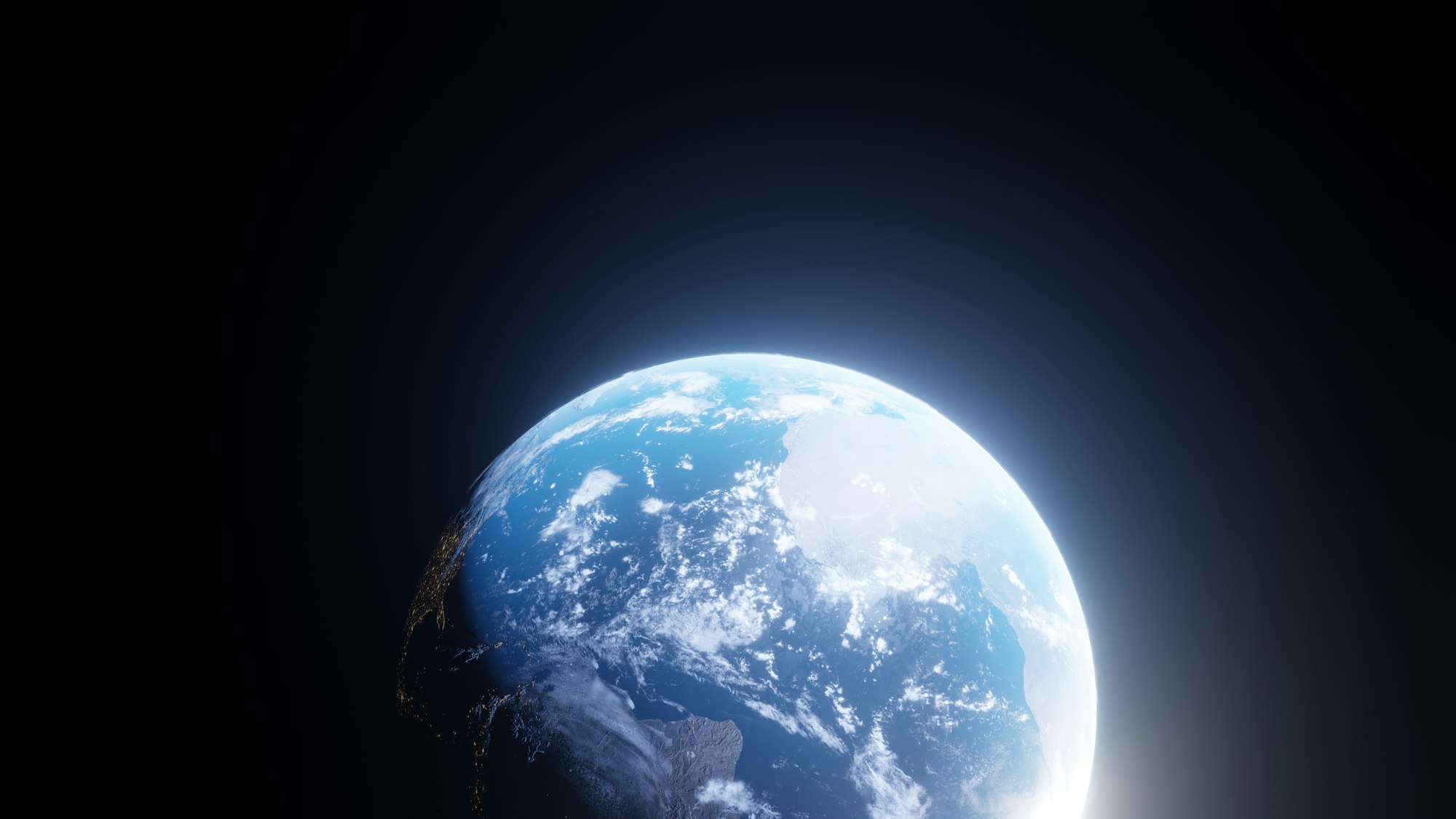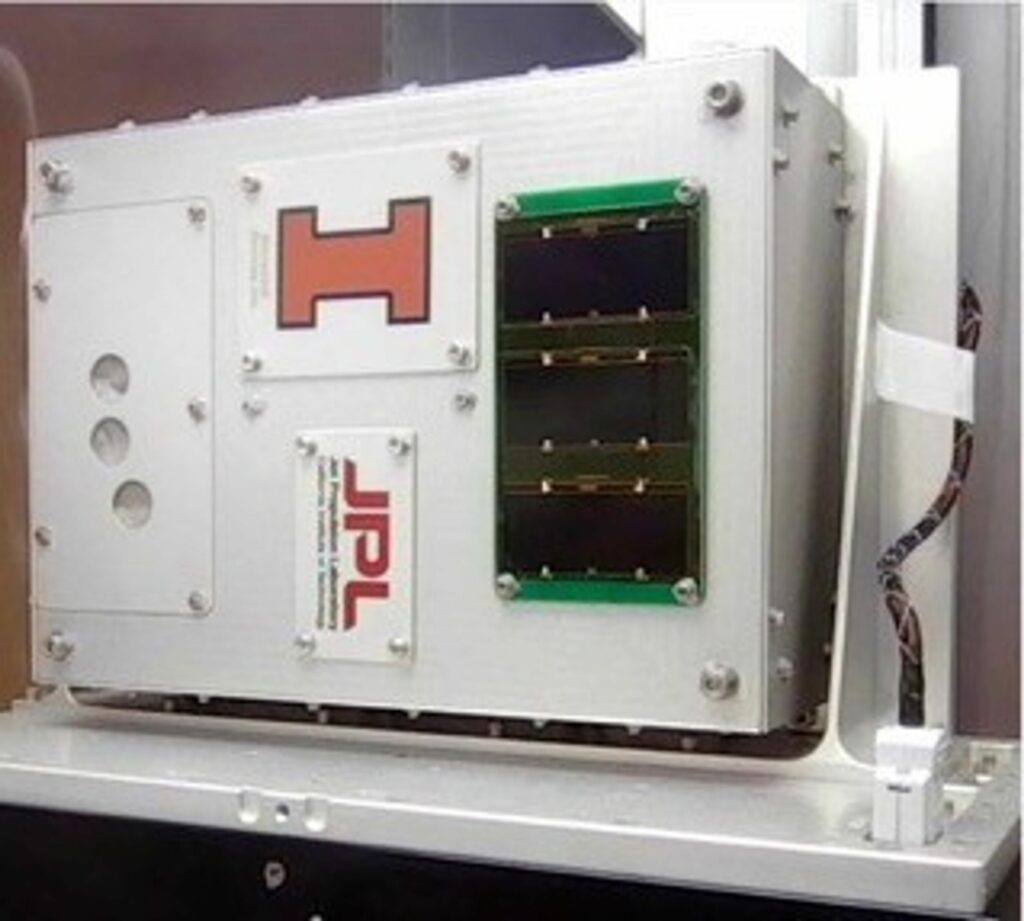Quantum Communication Tech to Be Tested on Upcoming SpaceX Mission

Insider Brief
- The upcoming SpaceX CRS-31 mission, set for early November 2024, will carry the SEAQUE quantum communication experiment to the International Space Station (ISS).
- A University of Illinois at Urbana-Champaign-led project, SEAQUE will test quantum communication technology using entanglement while exposed to the space environment.
- The experiment aims to enhance secure, long-distance quantum communications and lay the groundwork for quantum networks in space and on Earth.
The upcoming SpaceX CRS-31 mission, scheduled for early November 2024, will carry a new quantum communication experiment to the International Space Station (ISS). The Space Entanglement and Annealing QUantum Experiment (SEAQUE), led by Dr. Paul Kwiat from the University of Illinois at Urbana-Champaign, aims to advance quantum-level communication in space through the use of quantum entanglement technology.
The SEAQUE experiment will be integrated into the MISSE-20 platform, which exposes instruments directly to the harsh environment of space on the exterior of the ISS. By operating in such extreme conditions, SEAQUE will test the viability of quantum communication systems under radiation exposure, a key factor in developing robust quantum networks for space and Earth.
Kwiat’s team has set several scientific objectives for the mission. One primary goal is to create and validate new technology that will improve how quantum computers communicate. The experiment aims to make communications between quantum systems easier and stronger, especially over vast distances, which could have transformative implications for secure global communication systems. SEAQUE will also test the feasibility of maintaining secure connections between quantum receivers and transmitters over long distances, an essential step toward developing space-based quantum networks.
These experiments are initial steps of a scientific process that could have far-reaching practical applications. On Earth, for example, the technology could help establish quantum networks spanning hundreds to thousands of miles, enabling secure, large-scale communications. The experiment also has implications for fundamental science, with the ability to detect minute gravitational changes that could deepen our understanding of Earth’s place in the universe.

In space, SEAQUE could lay the foundation for quantum cloud computing across vast distances, which, in addition to earth-based applications, could be a technology that is critical for future space exploration and communication between far-flung spacecraft. The experiment will also explore techniques to enable self-healing of space-based quantum nodes damaged by radiation, a crucial advancement for long-term space missions.
The SEAQUE experiment will fly aboard SpaceX’s Cargo Dragon spacecraft, serial number C208, making its fifth flight to the ISS. This mission is part of SpaceX’s ongoing Commercial Resupply Services (CRS) contract with NASA.
